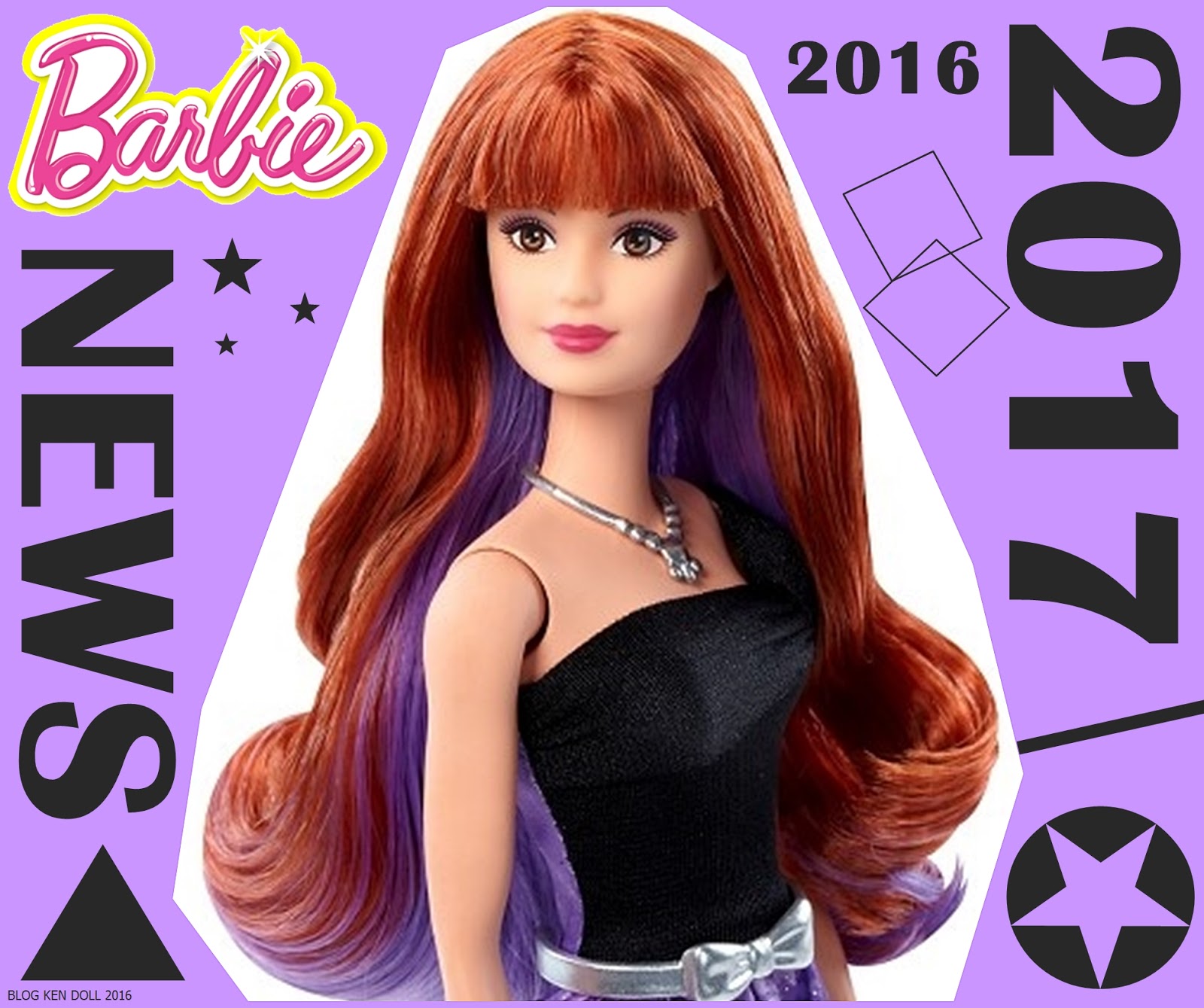

Unity relies on tools that the Android SDK provides and different versions of the SDK usually have the same tools available. Each version of Unity requires a specific version of the Android NDK and Android JDK, but there are no exact version requirements for the Android SDK. This section contains information on which versions of each dependency each Unity version supports.


The path to the dependency’s installation folder.A checkbox that indicates whether to use the version that Unity provides or a custom version.This automation means that many common build errors are less likely to occur. The Android section of the External Tools panel contains entries for JDK, SDK, NDK, and Gradle An Android build system that automates several build processes. In the left navigation column, select External Tools.In Unity, select Edit > Preferences (macOS: Unity > Preferences).For more information, see Supported dependency versions. Warning: Unity only officially supports versions of the OpenJDK, SDK, or NDK that it supplies through the Hub. Download the custom version of the dependency.To make Unity use a custom version of a dependency: For example, if you have multiple versions of Unity with the same dependencies and you don’t want to duplicate the installation of the SDK, NDK, and JDK, you can specify a shared location. However, there are situations where it’s useful to change the SDK, NDK, or JDK that Unity uses to build applications for Android. You should use the Unity Hub to install Android SDK & NDK tools and OpenJDK to ensure that you receive the correct versions and configurations. Unity installs Android SDK & NDK Tools and OpenJDK respectively in the SDK, NDK, and OpenJDK folders under /Unity/Hub/Editor//Editor/Data/PlaybackEngines/AndroidPlayer/.

Unity Hub displaying the three dependency modules. To an existing install, see Add modules.At install time, see Downloading and installing Editors and modules with the Unity Hub.You can install them either when you install a new Unity Editor version, or add them to an existing Unity Editor install. Unity distributes dependencies as modules which means you use the Unity Hub to install them. By default, Unity uses OpenJDK.īefore you get started, check Unity’s Requirements and compatibility documentation for Android to make sure you’re aware of any limitations for developing a Unity application for Android. The Android Software Development Kit (SDK).To support Android, a Unity project requires the following dependencies: To create a Unity application for Android, you first need to set up your Unity project to support Android.


 0 kommentar(er)
0 kommentar(er)
